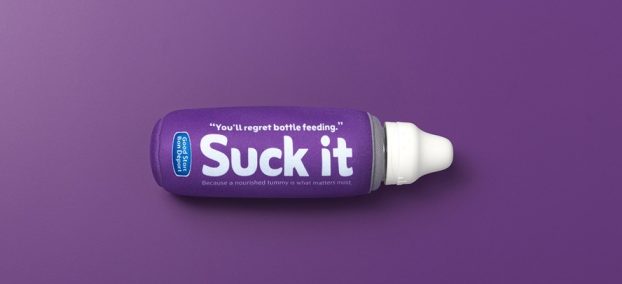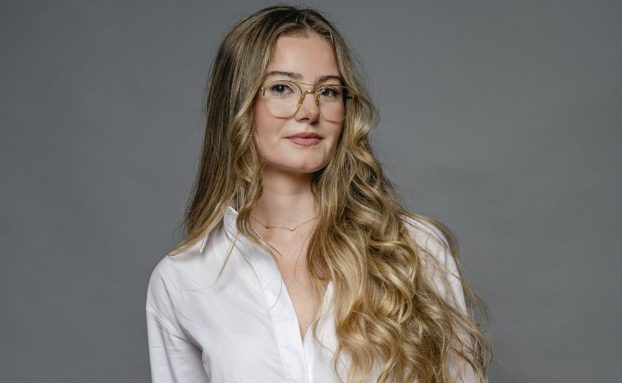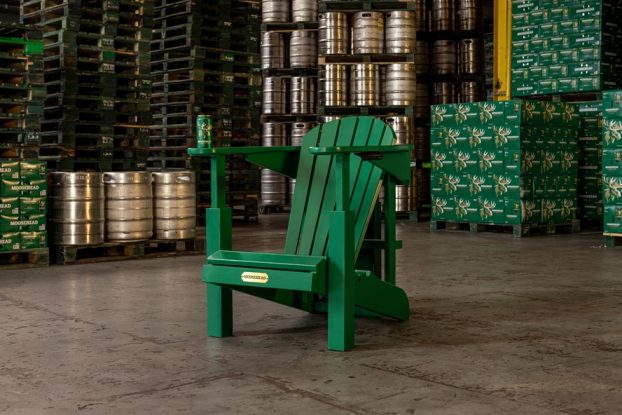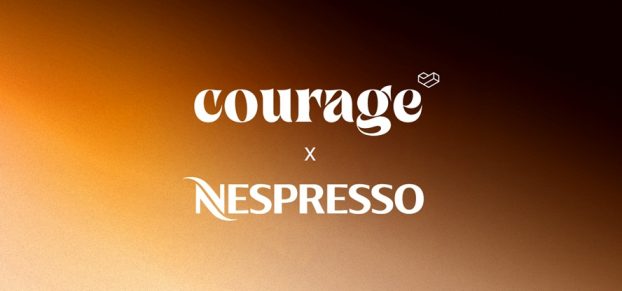You wouldn’t put a cardboard cutout of a coveted toy in your kid’s Christmas stocking, so why would you offer cheap knock-off gifts to premium clients? Tom Beakbane of Toronto’s Beakbane Marketing follows the saga that has seen premiums go from trash to treasures.
The high-quality Swiss-action knives inlaid with burnished mahogany were a real deal, reduced from $45 to just $15 each. The salesperson assured me over the phone that this was a ‘last-chance price,’ adding that the knives were a special ‘end-of-line clear-out, a never-to-be-repeated deal’ that included, at no extra cost, my company logo imprinted on the handle. The price was almost too good to be true. He told me, ‘They come beautifully presented in a customized collectible case.’ How could I lose? I needed a few extra gifts for Christmas so I ordered 40.
The sample knife and case that I had asked to see before I placed the order had gotten lost en route and now I understood why. The collectible presentation case was flimsy cardboard with a plastic flock-covered tray. The knife itself looked like a third-world army surplus reject. When I tried to open the ‘Swiss-action’ blades they ripped my nails and the scissors weren’t sharp enough to trim the wreckage.
The premiums and incentives industry has had a poor image, which in some cases has been justified. Too many premiums have lived up to the slang term of ‘trinkets and trash.’
The industry has always been the runt of the marketing litter. Advertising is glamorous; design is cool; direct marketing is hip, while the premiums industry is something else. In the past it was considered a good way to make a fast buck, making millionaires of many. As long as you had a silver tongue, worked hard and got a few lucky breaks, you too could sell cheap imported goods at a fat profit.
A neighbor of mine, a particularly successful salesman, built a house that would have been excessive for the ruler of a small kingdom and bought his teenage son a Hummer to drive to high school. He was under no illusions; he described his business as selling ‘shiny shit.’
But thankfully the industry has changed. Marketers now realize that if you hand out shoddy premiums, free or not, they reflect poorly on your company and brands. If people want cheap they can go to a dollar store. No one needs another junky key chain, baseball hat with plastic snap-together straps or an ugly conference logo T-shirt not worth packing for the trip home.
The industry is now supplying premium products that everyone can be proud to wear. At golf tournaments, Mercedes hands out fleeces and hats that are well designed and functional – the quality as good as any you can buy.
Astute marketers are using premiums to help define the brand. Kokanee beer offers ski tickets to Whistler and premium snowboards as prizes and giveaways. Tickets for the ‘Kokanee Summit,’ the annual summer concert at Kokanee’s brewery in Creston, B.C. are the envy of the testosterone-laced target market. The event itself defines the brand and reinforces the message that Kokanee is brewed in one place only – high in the B.C. Rockies.
Some suppliers have elevated premiums to an art. For instance, Ian MacDonald of the company Moving Products in Calgary, kits out the sponsors at the Olympics.
He starts with high-quality brand name clothes and works with custom dye lots, so that the golf shirt matches the jacket, the hat and other accessories, including the event bag. Logos are subtle and are placed to exact co-ordinates.
Why go to such lengths? Because sponsors have found that premiums are a valuable way to express their appreciation to key customers and reward high-performance salespeople. Invitees are proud to wear the outfits and at the Olympics they form the blocks of color seen in the stands at the opening ceremonies, fostering an atmosphere of camaraderie.
An inspiring event becomes unforgettable because the garments are worn as part of the recipients’ daily wardrobe. ‘Years afterwards,’ says MacDonald, ‘I see people walking through airports wearing these outfits.’
Premiums can be used strategically. For instance, they are an excellent way to open doors and communicate to new prospects. Executive assistants happily screen out junk mail, but they are unlikely to throw out a premium.
A prospective client will be more likely to meet with you if you have sent a small gift that shows you understand them or their business needs. If you know they like wine, send them a good bottle of wine. If they appreciate cigars, send a box of the finest. And how many people can resist a box of premium chocolates?
Creative and ingenious premiums can be used to communicate a company’s unique selling proposition. In my own company, we created a presentation for a client who wanted to highlight his company’s capability in the management and distribution of tomatoes, including washing, sorting, ripening and slicing.
We came up with a program called ‘The Art of the Tomato’ and had the illustrator Bill Philipovich design a framed, limited-edition print of a still life of a bowl of tomatoes next to a knife and cutting board. Painted in the style of Cezanne, it was a door opener of enduring value that communicated our client’s USP beautifully.
Marketing managers are recognizing the potential of tasteful and appropriate premium gifts. They have seen firsthand that it is counterproductive to hand out trash; in fact, it can be insulting. But give away something that delivers a magic moment or welcome surprise and the effect will be remembered forever.
You can be just as creative and strategic with premiums as you can with well-crafted print advertisements – maybe even more so. Premiums are nothing less than gifts, which are the most time-honored, respected way to communicate feelings.
Tom Beakbane is president of Beakbane Marketing and author of the upcoming book: Primal Marketing: The Science of People and Persuasion. He can be reached at tom@beakbane.com.






















